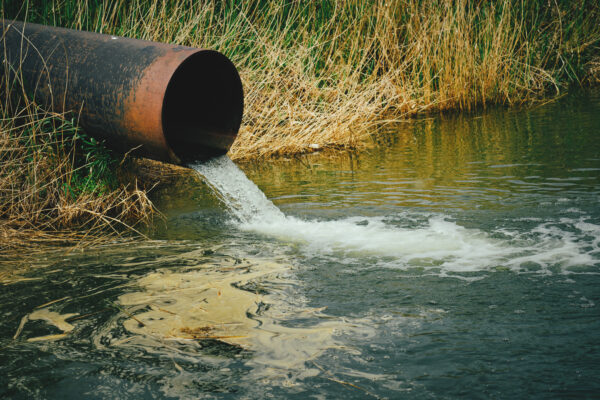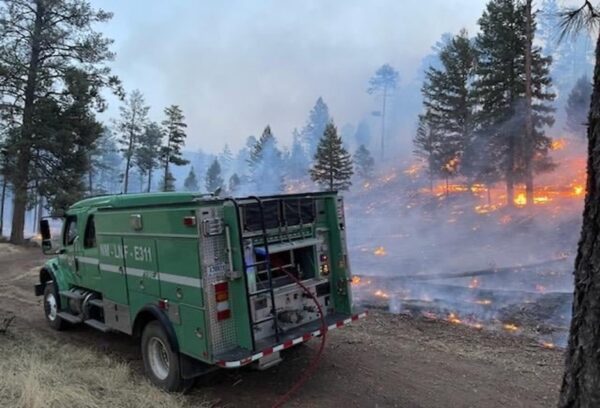Meeting the October 2024 Deadline: A Quick Guide for Water Utilities Struggling to Get Started with Lead Service Line Inventory Compliance

The Lead and Copper Rule Revisions (LCRR) mandate that all Community Water Systems (CWS) and Non-Transient, Non-Community Water Systems (NTNCWSs) submit an initial inventory of their service lines by October 16, 2024. This can be a significant undertaking for many small, rural water systems that often lack historical records, adequate staffing, or other resources to assist with completing their inventory. Many small water systems are just beginning their inventory efforts, while others have made considerable progress or have even completed the initial inventory.
The EPA and state primacy agencies offer detailed guidance on their respective inventory requirements and methodology that must be followed. Despite differences in EPA and some state requirements, there are some common practices that can assist a small system in its initial stages with minimal effort.
First, it is critical to have a complete customer list that accounts for each service line. Ideally, this information should be readily accessible or require minimal effort to acquire from the utility’s billing system. Depending on each state’s template, certain required or optional information may be easy to determine, including unique service line IDs, other location identifiers, sensitive population data, current Lead and Copper Rule (LCR) sampling sites, and building types.
Once this information is incorporated into the required inventory template, water systems must conduct an initial records review. This may involve reviewing system maps, records, construction and plumbing codes, or other pertinent information. Parcel boundary data can be useful when containing characteristics like address, owner names, and home built year, which is used to identify older homes and neighborhoods that are more susceptible to having lead service lines.
Another strategy used for inventorying service line materials is providing customers with a public survey form. The survey form would provide instructions to inspect the service line coming into their home. The survey form should encompass all relevant information needed for the customer side of the service line inventory. It should also include instructions on identifying material types by scratch and magnet testing, along with tips for capturing good photos.
The customer survey approach also allows the collection of contact information, such as owner or tenant names, phone numbers, email addresses, or even water meter serial numbers. There can also be a scheduling option where the customer requests the utility staff to complete the home service line inspection. Public surveys can be advertised on utility or town websites, emailed to customers, shared on Facebook, door hangers, or flyers attached to bill stubs with scannable QR codes.
Deploying a customer survey is also an excellent way to show engagement with customers, inform them about the significance of the new EPA lead service line inventory requirements, and share any other pertinent system information. In many states, a completed and well-documented public survey can serve as proper verification of the service line material on the customer side.
Following the public customer survey, a water utility system may be off to a solid start and pleasantly surprised with their progress, but often utilities may only report about a 5-10% response rate from their customers. A water utility may look next to identify sensitive populations such as schools and daycares, or target efforts in areas where lead is most likely located. At this juncture, excavation or other investigative methods will need to be explored.
Completing the service line inventory will undoubtedly demand a substantial investment of time, effort, and money for most small systems. There are few shortcuts in this process and there are some strategies that can aid a small, rural water system in making progress if they are feeling anxious about the October 2024 deadline. Following these steps, a water system may end up with an adequate inventory to submit, but efforts will still be needed to identify any remaining unknown service lines in accordance with state or EPA regulations.
Disclaimer – This article is intended solely for informational purposes. For details regarding specific processes, completion, or submission of the service line inventory, kindly consult your state primacy or EPA.
This article was funded under the EPA NPA 1 22 – 24 Grant.



